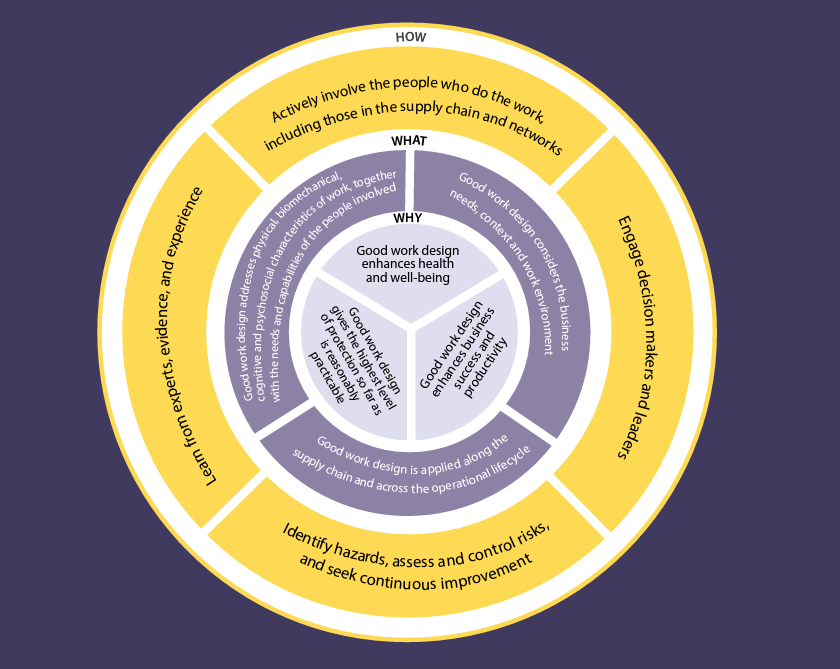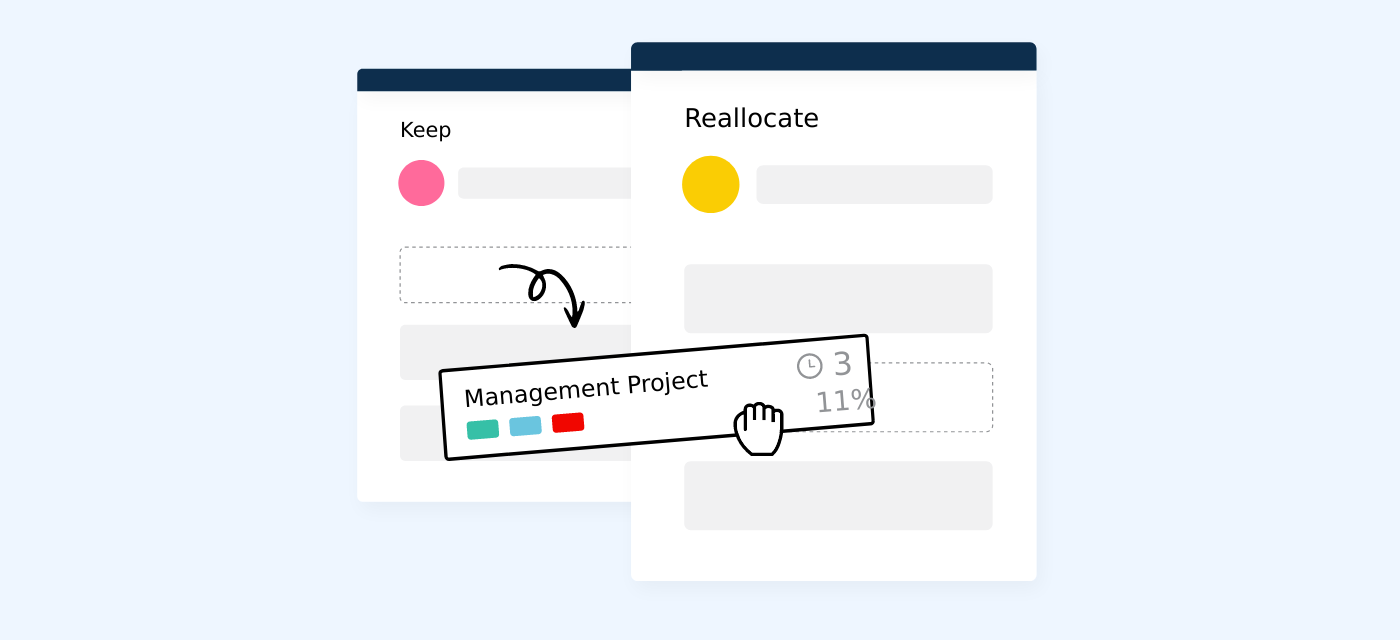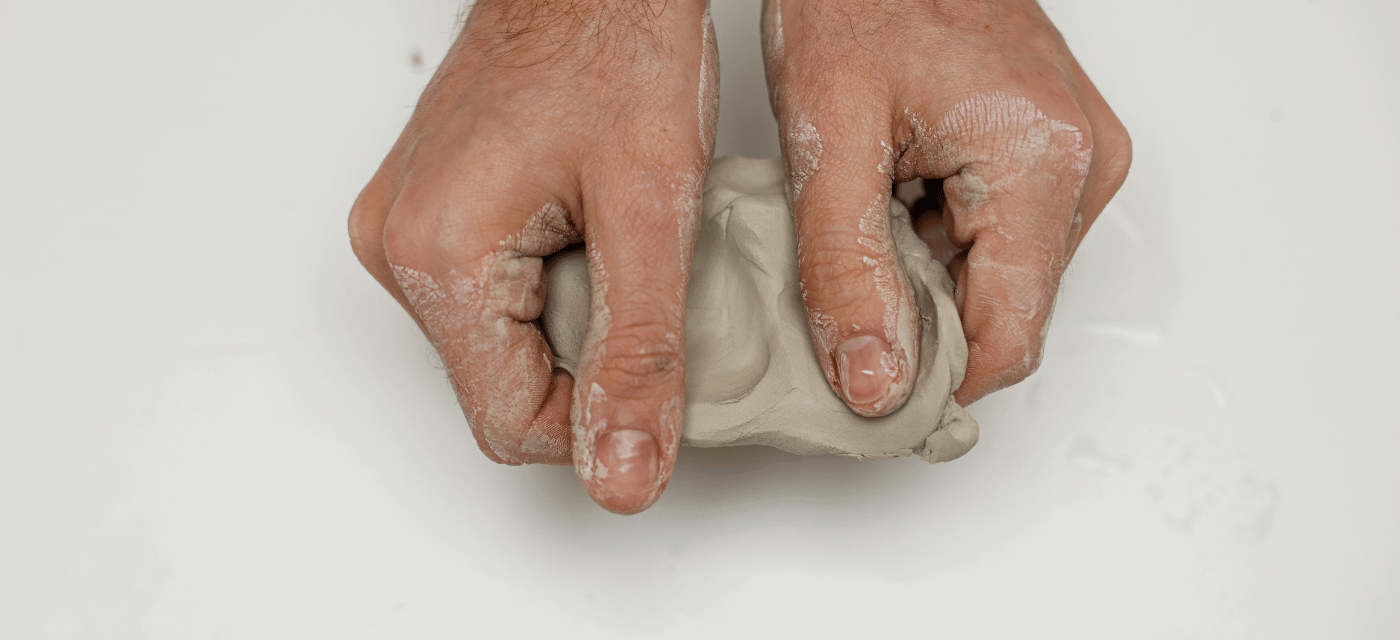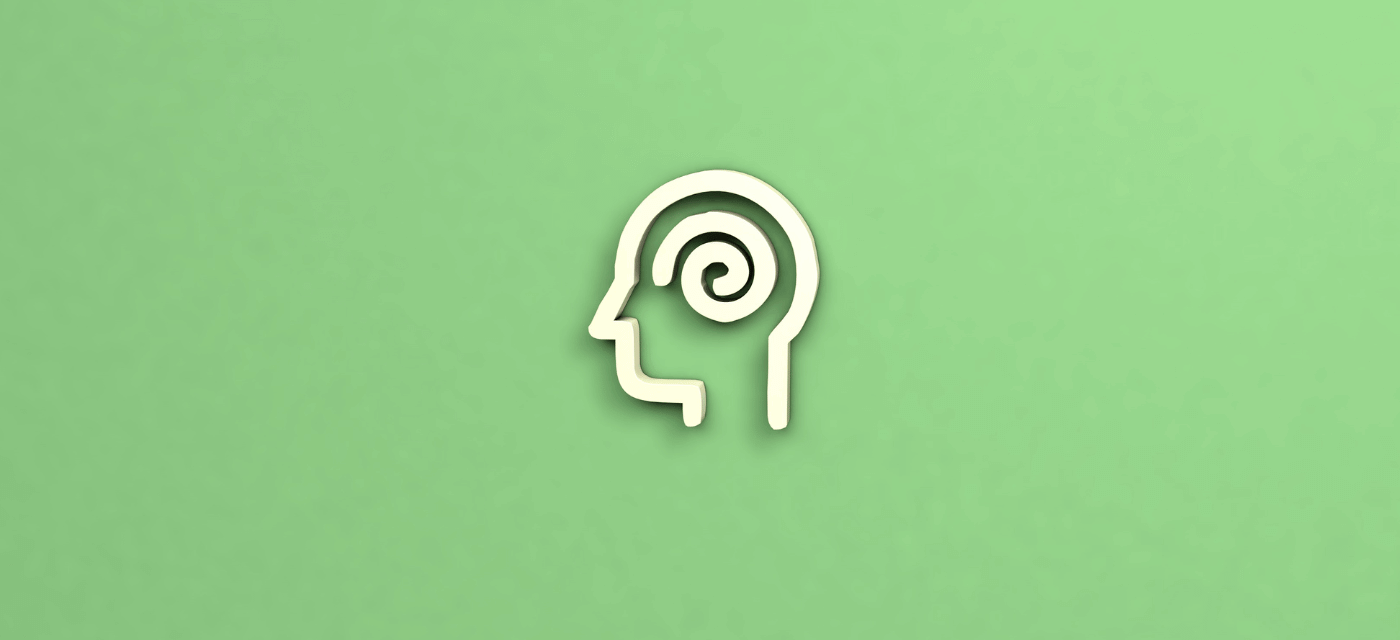Key takeaways and what to expect if you keep reading:
💡 Work design is an ‘upstream’ intervention to tackle unsustainable workloads
💡 It refers to the how, what, where, when and by whom that the work in your organisation gets done to achieve your strategic goals
💡 In many ways, work design will decide the future of organisational innovation, scalability and employee experience
💡 There is also an increasing push to change laws and regulations around psychological injuryat work, and the downsides of not addressing burnout are significant and increasing
💡 Well-designed work is the ultimate perk and it is easier and more accessible than you might think
Taking action upstream to address unsustainable workloads and organisational waste
Imagine you are walking along a riverbank and notice someone dragging people, one by one, from the water and resuscitating them on the bank. You stop to see if you can help but they tell you they’re a doctor and that they can handle it, but they don’t know why so many people are falling into the river in the first place.
Versions of this ‘upstream’ parable have been used to highlight the need for proactive upstream intervention to address pressing issues, in tandem with reactive and responsive downstream responses, everywhere from health promotion to AI self-driving cars. And now it has made its way into the game-changing workforce innovation that is work design. So, let’s dive in (and no, you won’t need resuscitating on the bank).
How did we end up in the river of overwhelm?
Up until not long ago, in many ways, work was more predictable. Roles, and arguably the people doing them, were more homogenous and workflows more static.
Fast forward to today, and increasingly we are living and working in a more dynamic and ever-changing world, one that demands greater agility and flexibility than ever before. These days it seems that priorities are shifting constantly, technology is updating continually, and people are moving on, up, and sideways with increasing frequency, not to mention the increasing ferocity of challenges in our external environments (climate change, pandemics, need we name a third?).
*What we work on, where we work and how we work is dynamic and fluid, and the seeming velocity of work continues to increase at an unsustainable pace. *
Amongst all of these changes and challenges — workloads have exploded. We don’t just feel busy, we are too busy, and many of us are hurtling towards burnout.
But ‘busy’ doesn’t necessarily equal productive. And in fact, Microsoft’s recent Work Trend Index discovered that while 87 per cent of employees believe they are highly productive, only 12 per cent of CEOs agree. This represents a major disconnect in the modern workplace.
The way we see it — with great disconnect comes great opportunity — and what we are beginning to see emerge are innovative and forward-thinking organisation’s grasping the chance to gain organisational-wide clarity on what needs to be done and what resources are available to do it, all through the magic of work design.
The answer to unsustainable workloads isnot to do more, hire more, work harder, ‘quiet quit’ or run away to the Bahamas (though that sounds nice). Instead, we need tooptimise how we organise and allocate *our teams, our time and our tasks so that we are laser-focused on what is strategic and value-generating. Enter: work design. *
What is work design?
Work design is a dynamic process that gives modern workforces the tools they need to systematically prioritise the highest value and highest impact work, aligned with strategic goals of the organisation and the wants, needs and skills of the people doing it.
The concept of work design originated in industrial and organisational psychology to describe the “content and organisation of one’s work tasks, activities, relationships, and responsibilities.” As an approach, it takes a holistic view of the way we organise work at an organisational, team and individual level to meet strategic goals.
Work design refers to the how, what, where, when and by whom the work in your organisation gets done to achieve your goals, both big and small.
While it is sometimes used inaccurately or interchangeably with ‘job’ or ‘role design,’ which reflects a more formalised and static process involving the design of job descriptions — the broader bucket of ‘work design’ involves breaking down work and rebuilding it to better meet strategic goals, and making adjustments in line with business needs and employees’ skills and ambitions.
The process involves clustering work tasks in an optimised way, and it has a direct impact on the ability of any business to prepare and scale for the future.
Work design is easier than you think
Chances are that you’re already doing some elements of work design, whether you realise it or not. That’s because modern business leaders, managers, People & Culture partners, and even individual employees are required to make decisions every single day about the design and makeup of their work — what should we prioritise? What do we do, or not do, with the limited time and resources we have? It’s a juggle that’s familiar to us all.
However, what you might not have experienced yet, is a way to approach tasks and projects in a more data-driven way to remove decisions based on gut feel, reactivity and fear. Work design enables you to dial up what keeps the business moving forward and what keeps you energised, while supporting us all to let go of less important priorities and inconsequential work that wastes precious resources in constrained environments.
The business case for work design
The current reality of financial and talent constraints means that we need to make the most of every single person’s time and skills in our organisations. It also means we need to work consciously and strategically, on the highest value, highest impact work. If we don’t, we risk losing millions (even billions) to wasted work, burnout, attrition and recruitment, or worse.
*There are real cost drivers and productivity imperatives for organisations to take responsibility for (un)sustainable workloads. *
Thankfully, there is now decades of research that clearly demonstrates how and why well-designed work has numerous positive impacts on individuals, teams, and the organisation as a whole.
Increasingly, the business case is clear: work design drives strong business outcomes and contributes to increased productivity, financial growth, and lower rates of burnout or attrition.

Graphic: Principles of good work design (Safe Work Australia)
Gone are the days where the onus is on the individual to solve issues of overwork, or where organisations can simply provide self-care solutions through yoga, therapy and calm apps. Burnout and unsustainable workloads are an organisational problem that requires an organisational solution.
[Poor] job and organisation design is now one of the biggest root causes for the Great Resignation going on today. Too many companies are just posting ‘jobs’ without looking at redesigned roles and responsibilities to make work easier, more productive, and more engaging. [And while] organisational structure design had least business impact, work design was the greatest driver of business outcomes.
Why well-designed work is the ultimate perk
From enhanced wellbeing (greater fulfilment, happiness and creativity), to increased productivity and efficiency (including data-led strategic decision making and significant cost savings), as well as harm minimisation (eliminating or minimising the risk of physical and psychological harm before it occurs), work design has the ability to impact every level of your organisation from the bottom line to your highest purpose.
Companies that put employee experience front and centre perform better financially, see much higher customer satisfaction rates, and are considered by employees as great places to work — but only 12% of companies directly involve employees in organisation design.
Work design done well can help you crack the code on productivity and quantify the value you’re adding to the organisation in real terms by tracking the improvement to business performance and employee vitality before and after. It is a surefire way to maximise retention and decrease costs of attrition and hiring.
Organisational nirvana is found at the intersection of productivity, profitability and employee experience — all of which are achievable and accessible outcomes of work design done well.
The work design platform
As the world’s first work design platform, Beamible partners with innovative organisations across the globe, from small businesses to high-growth startups, NFPs and Government, to help you gain valuable visibility and insights into who, what, where, when, how and why work is being done (or not done) using work design principles.





